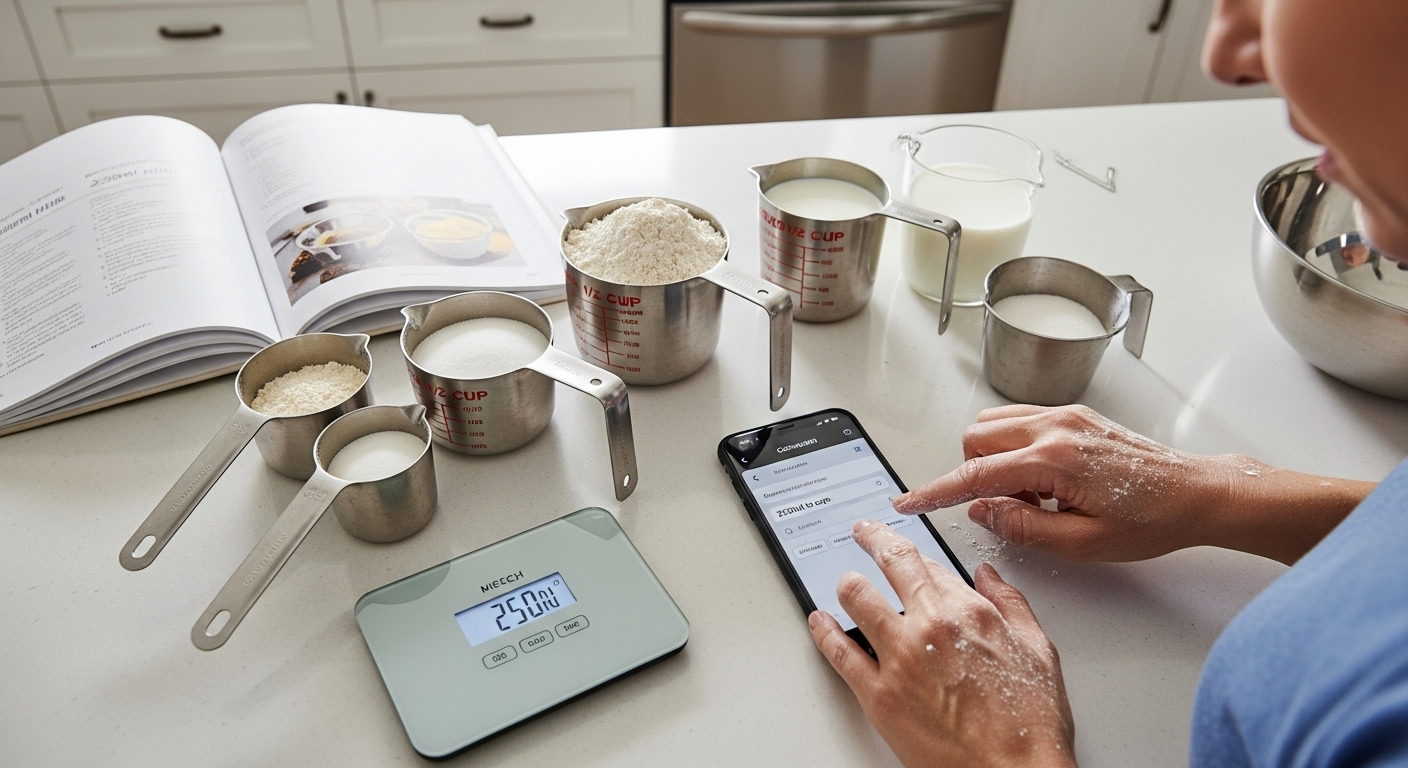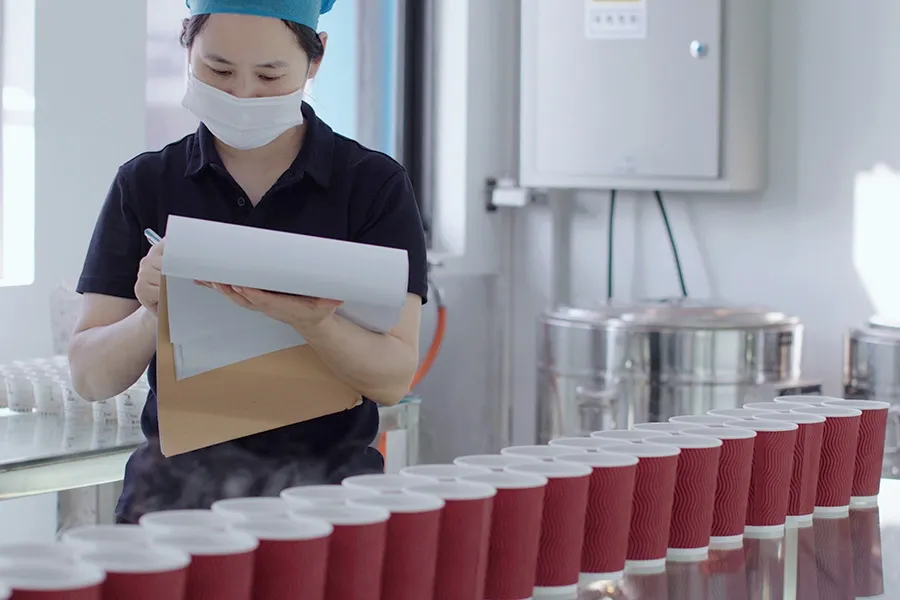The use of disposable cups has become a major concern for the environment due to their negative impact on nature. In response, many companies have started using eco-friendly options to reduce their carbon footprint. One such alternative is water-based barrier coated paper cups, which are a more sustainable option than traditional plastic cups. This article aims to provide a detailed overview of water-based barrier coated paper cups, including their composition, advantages, manufacturing process, and environmental impact.
What is Water-Based Barrier Coated Paper Cups?
Water-based barrier coated paper cups are made of paperboard, which is coated with a thin layer of a water-based coating material. This coating material is made of natural minerals and polymers, which creates a barrier between the paperboard and the liquid, making it resistant to moisture and liquid. The coating material used in these cups is free from harmful chemicals such as perfluorooctanoic acid (PFOA) and perfluorooctane sulfonate (PFOS), making it safe for human consumption.
Download the Water-based barrier coated data Sheet here

Advantages
- Resistant to Moisture and Liquid, Aqueous Dispersions
Water-based barrier coated paper cups are designed to resist moisture and liquid, making them an ideal choice for holding hot and cold beverages. The coating on the cups creates a barrier between the paper and the liquid, preventing the paper from getting soaked and losing its structural integrity. This means that the cups will not become soggy or leak, making them more reliable than traditional paper cups.

- Environmentally Friendly
Water-based barrier coated paper cups are more environmentally friendly than plastic cups. They are made from renewable resources and are biodegradable. This means that they can be composted, reducing waste and the environmental impact of disposable packaging.
- Cost-Effective
Water-based barrier coated paper cups are cost-effective, making them an affordable alternative to plastic cups. They are also lightweight, which makes them easier and cheaper to transport than heavier plastic cups.
- Customizable
Water-based barrier coated paper cups can be customized with logos, images, and text, making them an effective marketing tool. This is a significant advantage for businesses that want to promote their brand and create brand recognition.
- Food Safe
Water-based barrier coated paper cups are food safe and do not contain any harmful chemicals that can leach into the beverage. This makes them a safe option for consumers.

Disadvantages
- Limited Heat Resistance
Water-based barrier coated paper cups have limited heat resistance, making them unsuitable for extremely hot beverages >100 degrees. This is because the coating on the cups can break down when exposed to high temperatures, making the cups less effective at resisting moisture and liquid.
- Limited Shelf Life
Water-based barrier coated paper cups have a limited shelf life, making them unsuitable for long-term storage. The coating on the cups can break down over time, reducing their effectiveness at resisting moisture and liquid. This means that businesses need to be careful when ordering water-based barrier coated paper cups, ensuring that they do not order more than they need.
- Limited Availability
Water-based barrier coated paper cups are not yet as widely available as plastic cups, which may limit their use in some areas. However, as more businesses become aware of the benefits of water-based barrier coated paper cups, this is likely to change.


Manufacturing Process of Water-Based Barrier Coated Paper Cups:
The manufacturing process of water-based barrier coated paper cups involves several stages, including
The first stage of manufacturing water-based barrier coated paper cups is paperboard production. Paperboard is a type of thick paper used for packaging. It is made from wood pulp and is thicker and more durable than regular paper.
- Coating Application
Once the paper board is produced, it is coated with a thin layer of the water-based barrier coating material. This is done using a coating machine, which applies the coating material evenly across the surface of the paperboard. The coating machine is designed to ensure that the coating material is applied in the right amount, ensuring that the cups are resistant to moisture and liquid.
- Cup Forming:
Once the paperboard is coated, it is cut into sheets and formed into cups using a cup forming machine. The cup forming machine uses a series of rollers and molds to shape the paperboard into cups. The cups are then glued together at the seams to ensure that they are watertight.

- Printing:
Once the cups are formed, they can be printed with logos, images, and text. This is done using a printing machine, which applies ink to the surface of the cups. The printing machine is designed to ensure that the ink is applied evenly and that the design is clear and legible.
- Packaging:
Once the cups are printed, they are packaged and shipped to businesses for use. The packaging process involves placing the cups in stacks and then wrapping them in plastic or cardboard to protect them during transport.
Water-based barrier coatings that works
BARRIER EFFECTS
Depending on the product, barrier coatings build up an adequate barrier effect against:
- Water
- Water vapor
- Oil
- Fat (vegetable fat, synthetic fat, animal fat)
- Alcohol
- Alkaline and acidic liquids
- Dairy products
Coatings are available both for the interior and exterior use.

A SELECTION OF END USES
- Fast food packaging, packaging for frozen food, microwave and oven packaging
- Menu trays, fruit and vegetable trays
- Ice cream cups & cones
- Drinking cups for hot and cold drinks
- Chocolate wrappers
- Bakery products
- Prepared meals/salads/sandwiches
- Pet food
- Detergents
- Paper plates
COATING PROPERTIES
Depending on the product, our barrier coatings show further valuable characteristics:
- Visual appearance (glossy, neutral, satin, matt)
- Heat sealability
- Release properties
- High wet block resistance
- High scuff resistance
- Heat resistance
- Recyclability
- Food law compliance according to region
PROCESSING
There are barrier coatings available for various processes. This includes:
- Sheet-fed offset
- Flexo printing
- Gravure printing
- Range of coaters (roller, spray, curtain, slot die, rod, blade, air knife, knife over roll coater)
Environmental Impact
Water-based barrier coated paper cups have a lower environmental impact than traditional plastic cups. They are made from renewable resources and are biodegradable, which means that they can be composted and will not contribute to landfill waste. In addition, the water-based coating material used in these cups is free from harmful chemicals, making them safe for human consumption.
However, the production of water-based barrier coated paper cups does have some environmental impact. The production process requires energy and water, which can contribute to carbon emissions and water pollution. In addition, the transportation of these cups requires fuel, which can contribute to air pollution and greenhouse gas emissions.
To minimize the environmental impact of water-based barrier coated paper cups, businesses can take several steps, including
- Using Renewable Energy
Businesses can use renewable energy sources such as solar, wind, or hydroelectric power to reduce their carbon footprint. This can help to offset the energy used in the production and transportation of water-based barrier coated paper cups.
- Reducing Water Use
Businesses can reduce their water use by implementing water-saving measures such as recycling water, using low-flow faucets, and repairing leaks. This can help to reduce the water used in the production of water-based barrier coated paper cups.

- Recycling
Businesses can recycle water-based barrier coated paper cups, reducing the amount of waste that ends up in landfills. This can be done by separating the cups from other waste and placing them in a compost bin.
- Using Local Suppliers
Businesses can reduce the environmental impact of transportation by sourcing water-based barrier coated paper cups from local suppliers. This can reduce the amount of fuel used in transportation and lower the carbon footprint of the cups.
Conclusion
Water-based barrier coated paper cups are a more sustainable alternative to traditional plastic cups. They are made from renewable resources, are biodegradable, and do not contain harmful chemicals. They are also customizable, cost-effective, and food safe. However, they have limited heat resistance and shelf life, and their production does have some environmental impact.
To minimize the environmental impact of water-based barrier coated paper cups, businesses can take steps such as using renewable energy, reducing water use, recycling, and sourcing cups from local suppliers. With increasing awareness of the benefits of eco-friendly options, it is likely that the use of water-based barrier coated paper cups will continue to grow in popularity, contributing to a more sustainable future.






